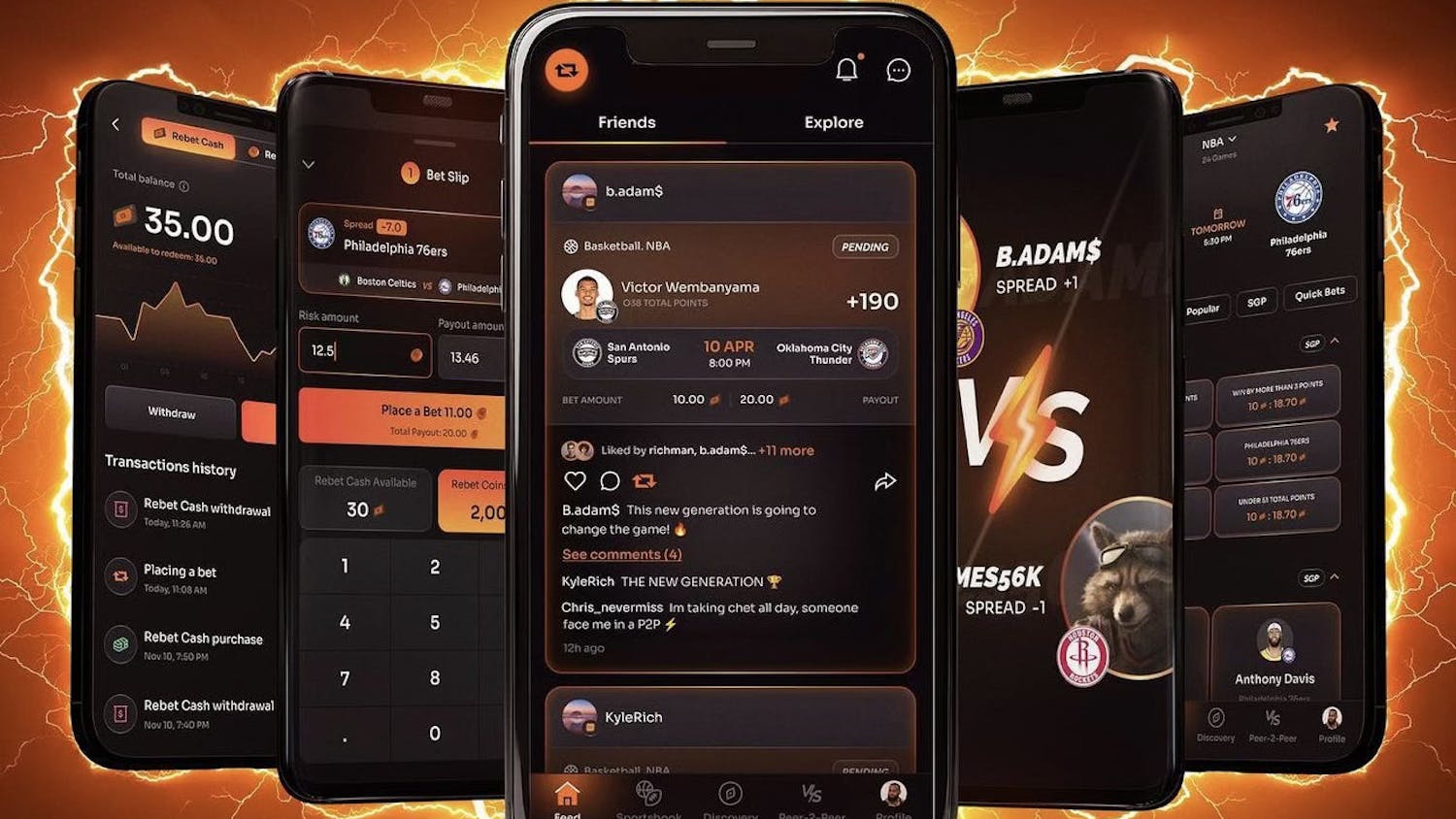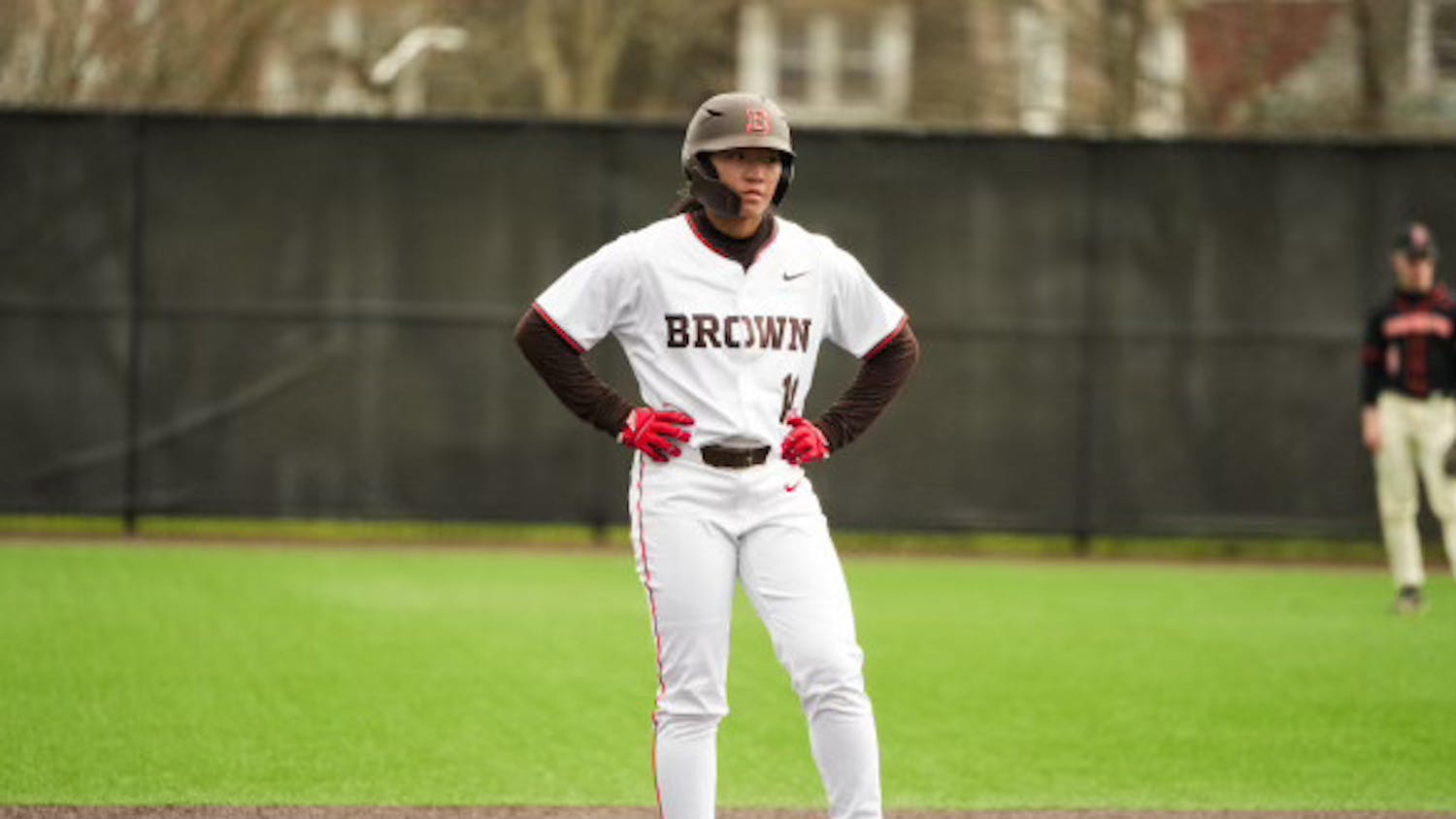As spring training signals the open of the 2017 season, Major League Baseball is once again embroiled in a controversy regarding its relationship between its past and present. Last year, Bryce Harper began his “Make Baseball Fun Again” campaign, critiquing the uptight, traditionalist baseball establishment that limited a player’s ability to express himself. Harper expressed a resentment for the “tired” nature of the game and hoped to see more players express themselves through their style of play. This season, everyone affiliated with the game is caught up in the issue of the pace of play. The consensus is that baseball games take too long and need to be streamlined to attract new and younger fans.
The latest proposal aimed at picking up the rate at which baseball games unfold is to slightly raise the lower limit of the strike zone from the “hollow beneath the kneecap” to the top of the hitter’s knees. The theory here is simple: a lower strike zone means fewer strikeouts since pitches that were once strikes or difficult to hit would be balls. Also, hitters would face higher and more easily hittable pitches. The thinking here seems reasonably sound, but it also has its drawbacks. To evaluate its strengths, let’s consider two key questions: does baseball have a legitimate problem and does this rule change address that problem?
If baseball has a problem, and I’m not sure that it does, it is that the pace of action, not necessarily the pace of the game, is too slow. The problem isn’t exactly that a game takes too long. It’s that the time between action — when the ball is put in play — is too long.
Consider the National Football League. The pace of play is quite slow — between commercial breaks, huddling, sending in a play, lining up and actually snapping the ball, each individual snap takes a long time. However, each snap leads to an intensely action-packed play, so although the pace of play is relatively slow, the pace of action is not bad at all.
The same cannot be said of baseball. Different pitchers, like different NFL offenses, operate at different speeds. The average Major League pitcher took roughly 23 seconds between pitches in 2016. This number is not terrible, though some pitchers, Los Angeles Dodgers’ reliever Pedro Baez for instance, take notably longer. The problem is that many pitches don’t lead to much action at all. A pitcher gets ahead 0-2 on a batter and throws two straight curveballs in the dirt. Depending on who is pitching, we are now closing in on a full minute where in effect nothing happened. Combine the fact that catchers can call timeout and speak with their pitcher on the mound with the fact that hitters can step out of the box whenever they want, and the pace of action gets even worse.
This leads us into the second question — does this potential rule change actually address the problem? I don’t think so. A higher strike zone means a greater percentage of the strike zone is in a prime position for the hitter. However, it also means a smaller strike zone, and, when combined with being situated in a preferential location for the hitter, one can only assume that pitchers will be more cautious, ensuring they paint corners rather than throw into the dangerous parts of the zone or luring hitters into swinging at pitches thrown outside the strike zone. As a consequence, this rule change seems more likely to bring more walks into the game then anything else, which does nothing to pick up the “action-problem” in baseball. To be sure, there are likely to be more hits when pitchers have a smaller target, but I’m not so sure that this change will make the game more exciting.
More effective rule changes would directly pick up the pace of action. The best way to do this without corrupting the integrity of the game and avoiding changes like moving in the fences to create more home runs would be to pick up the pace of action dramatically, so that even with some pitches being relatively meaningless, the action occurs with shorter breaks in between. This objective could be accomplished by setting a firm limit on the permissible time that can elapse between pitches (think basketball’s shot clock or football’s play clock), limiting the number of timeouts that a catcher and hitter can take, or maybe even setting a minimum on the number of batters one pitcher can face. These strategies would avoid the common situation in which a pitching change occurs, the TV broadcast goes to commercial, the new pitcher warms up, the new pitcher faces one batter and then he is replaced and TV goes back to commercial.
Previously, I said that if baseball has a problem, it is the pace of action. Again, I’d like to convey that I’m not so sure this problem should be addressed. Baseball should not chase the role of entertainment for the masses. As the old saying goes, “baseball is dull only to dull minds.” The beauty of baseball often lies in its intricacies of strategy rather than the raw excitement of its action. The sport has never really been an exposé of athleticism in the way of, say, basketball. It is a sport that is sometimes at its most exciting when the score is tied at zero, and one team must manufacture offense. A walk, a stolen base, a sac fly and a squeeze play. Besides, turn on the 2016 World Series film, and then tell me baseball isn’t exciting enough.
Musings of the Week:
(1) Another huge issue with baseball is replay. The reality is that replay is a necessity. When fans at home can easily see the outcome of a bang-bang play thanks to instant replay and slow-mo, it would be unacceptable not to use that technology to ensure accuracy on the field. The problem is that this takes way too long, even on seemingly obvious calls. Baseball needs to find a way to come to a ruling more quickly and should also set a firm limit, beyond which the call on the field simply stands if it is still unresolved.
(2) I saw that Chad Le Clos, Michael Phelps’s wannabe rival in the 200-yard butterfly, said in an interview, “I wake up in the middle of the night in a sweat over that race.” For me, Phelps is the most successful athlete of all-time, plain and simple. Chad “Not So Close” on the other hand is an all-time loser and cautionary tale. First of all, you can see Chad looking over at Phelps in the last 50 of the race, and as everybody knows: winners care about winning, and losers care about winners. So strike one, Le Clos. Secondly, you can’t talk trash and make a big fuss if you aren’t going to win. Le Clos smack-talked Phelps, puffed out his chest like a frigatebird before the race and didn’t even win a medal. To paraphrase Eric Church, if you’re gonna bark at the big dog, you’re gonna get to feel his bite.



